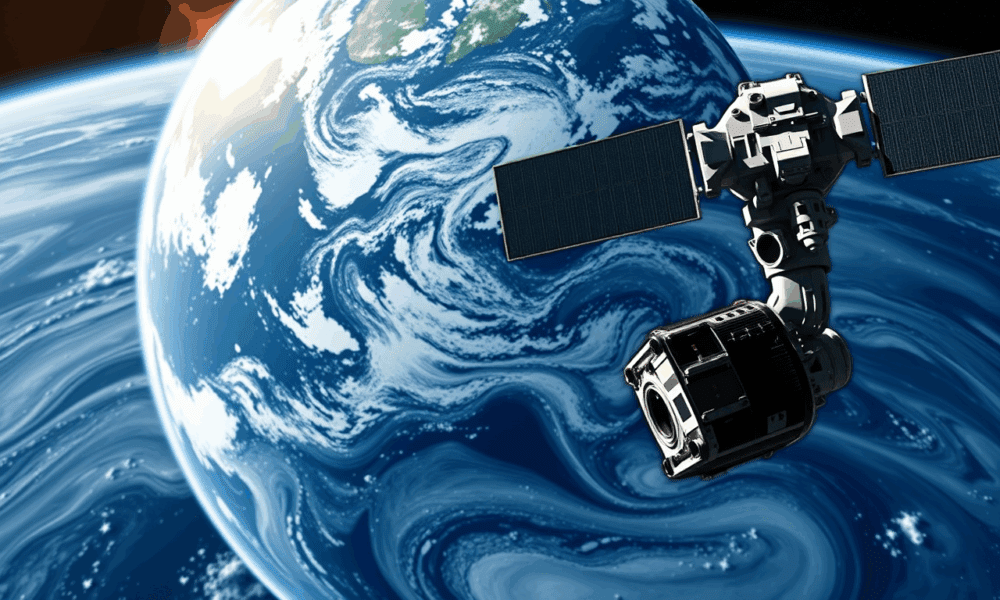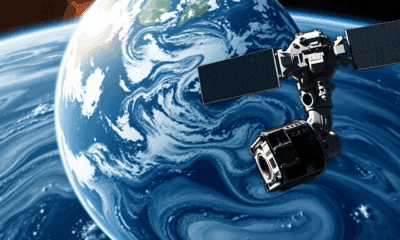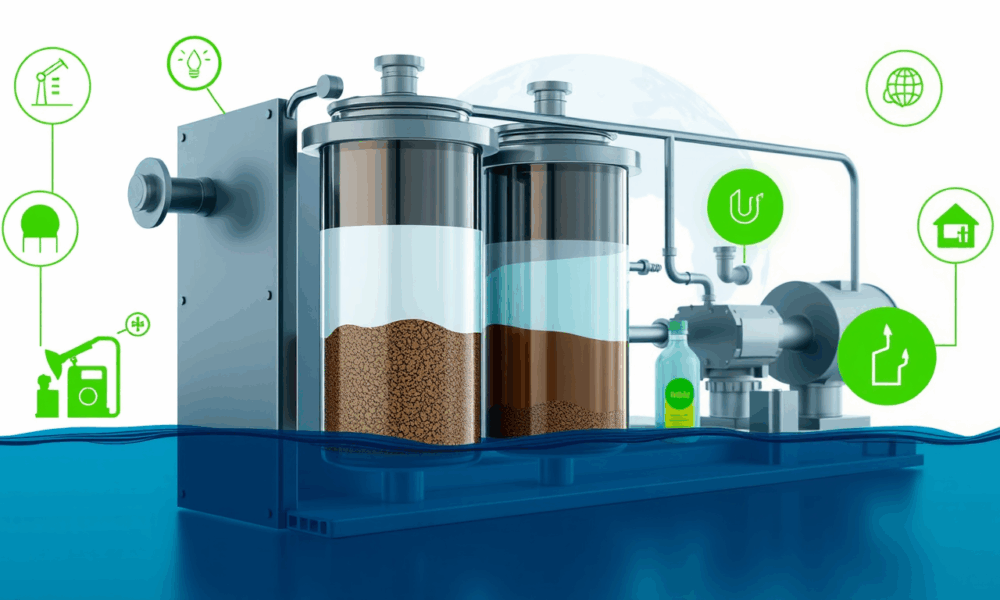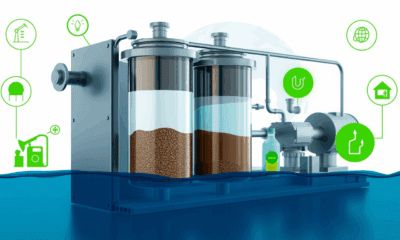


While scientists have long studied currents of large eddies, the smaller ones -- called submesoscale eddies -- are notoriously difficult to detect. These currents, which range...



Researchers find that iron powder, an inexpensive alternative to activated carbon, does a better job at filtering PFOS from water -- it's 26 times more effective.



A new study has found that a smartphone app that tracks household water use and alerts users to leaks or excessive consumption offers a promising tool...



As sea levels climb and weather grows more extreme, coastal regions everywhere are facing a creeping threat: salt. Salinization of freshwater and soils adversely affects 500...



Engineers developed a membrane that filters the components of crude oil by their molecular size, an advance that could dramatically reduce the amount of energy needed...



SeaSplat is an image-analysis tool that cuts through the ocean's optical effects to generate images of underwater environments reveal an ocean scene's true colors. Researchers paired...



Large shifts in UV radiation at Lake Tahoe are associated with wet and dry climate extremes, finds a new study.



New research reveals mountain glaciers across the globe will not recover for centuries -- even if human intervention cools the planet back to the 1.5 C...



A team has created the most complete map of the world's rivers ever made offering a major leap forward for flood prediction, climate risk planning, and...



A new study examined associations between diet, drinking water, and 'legacy' PFAS -- chemicals that were phased out of production in the US in the 2000s...